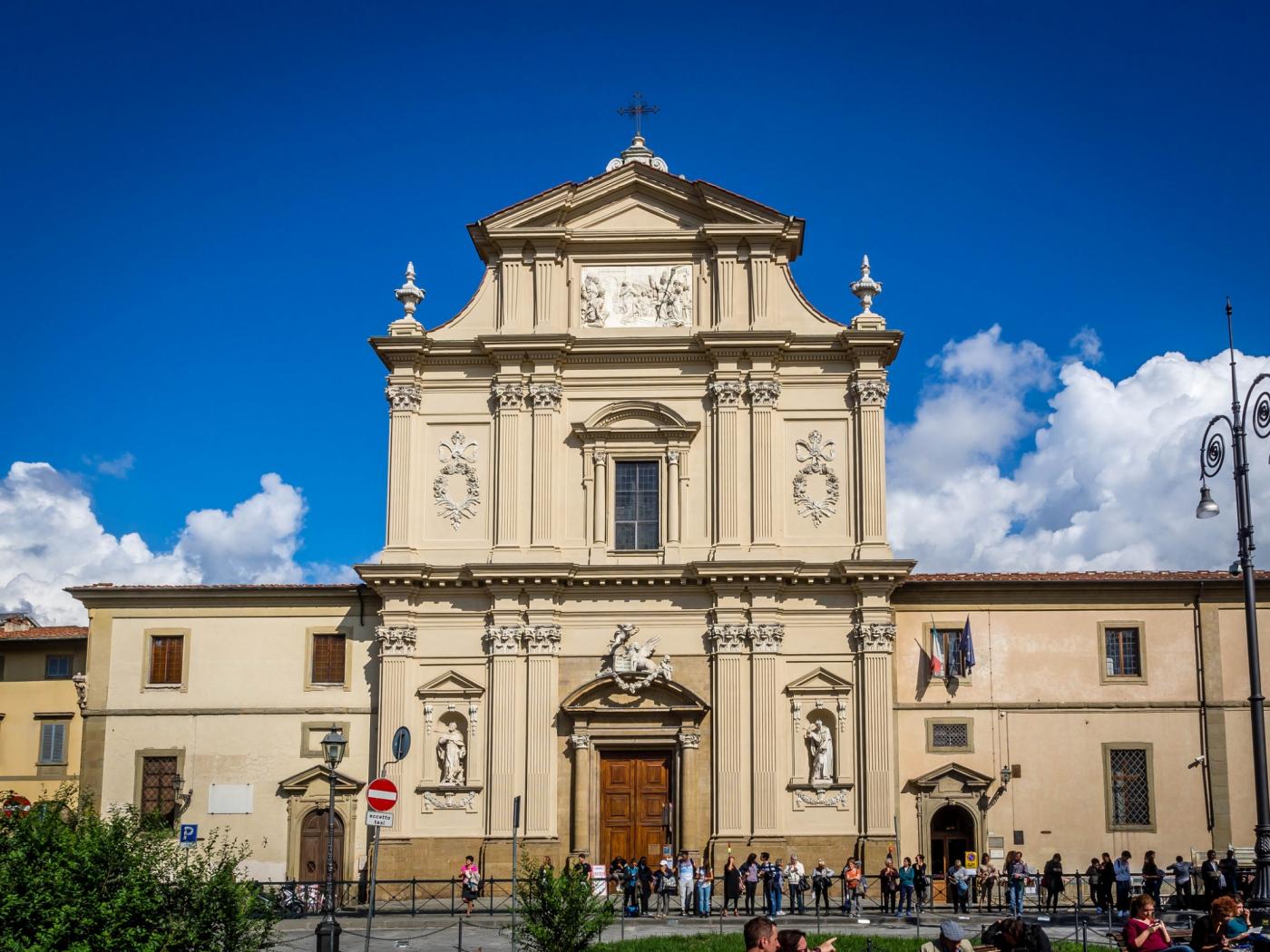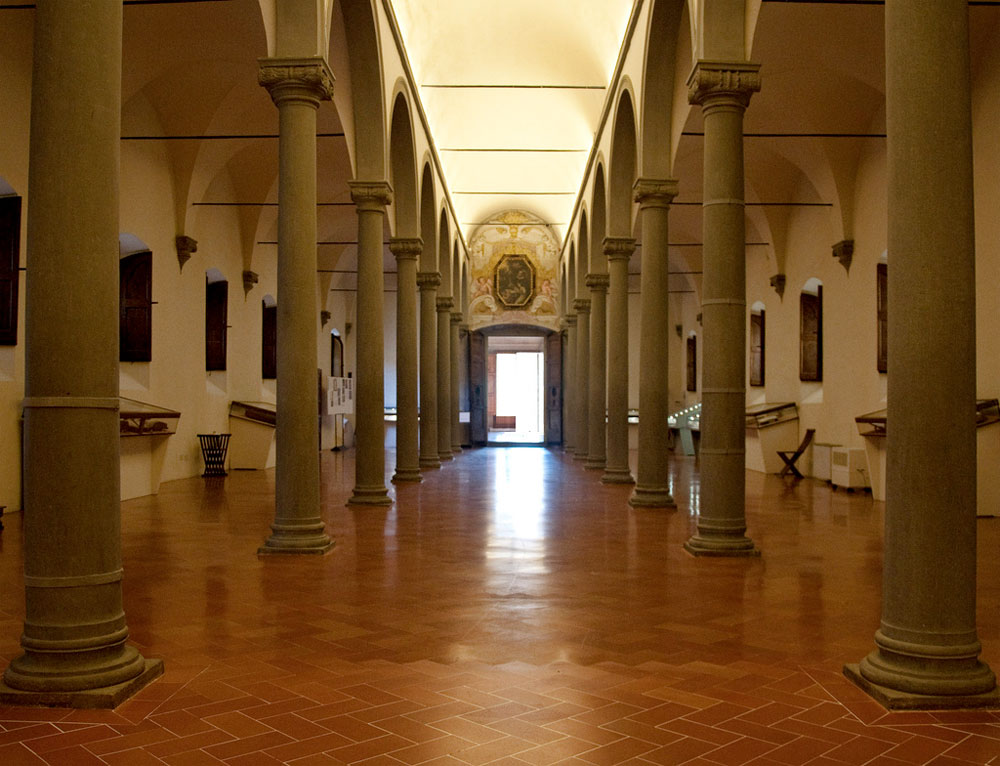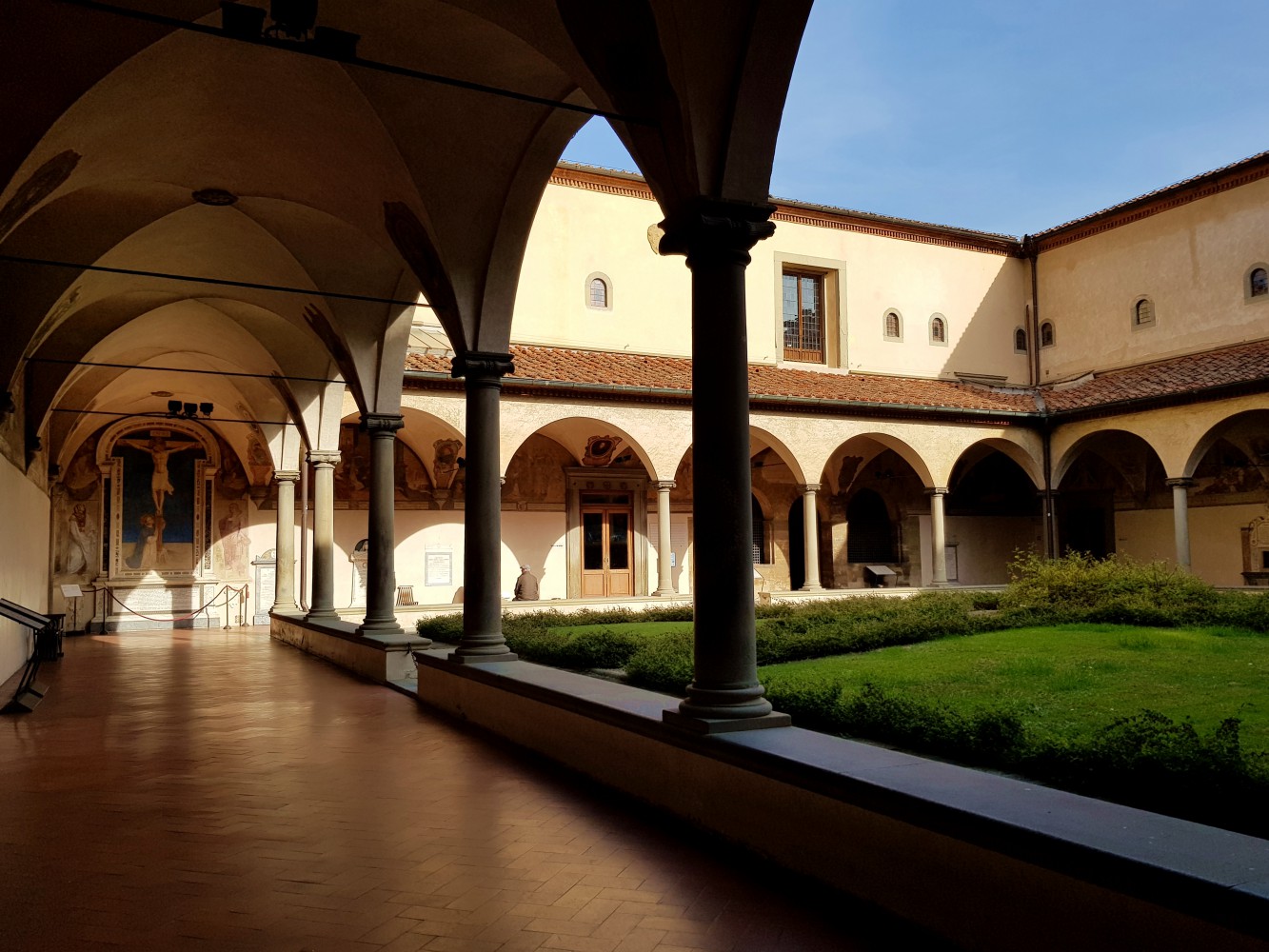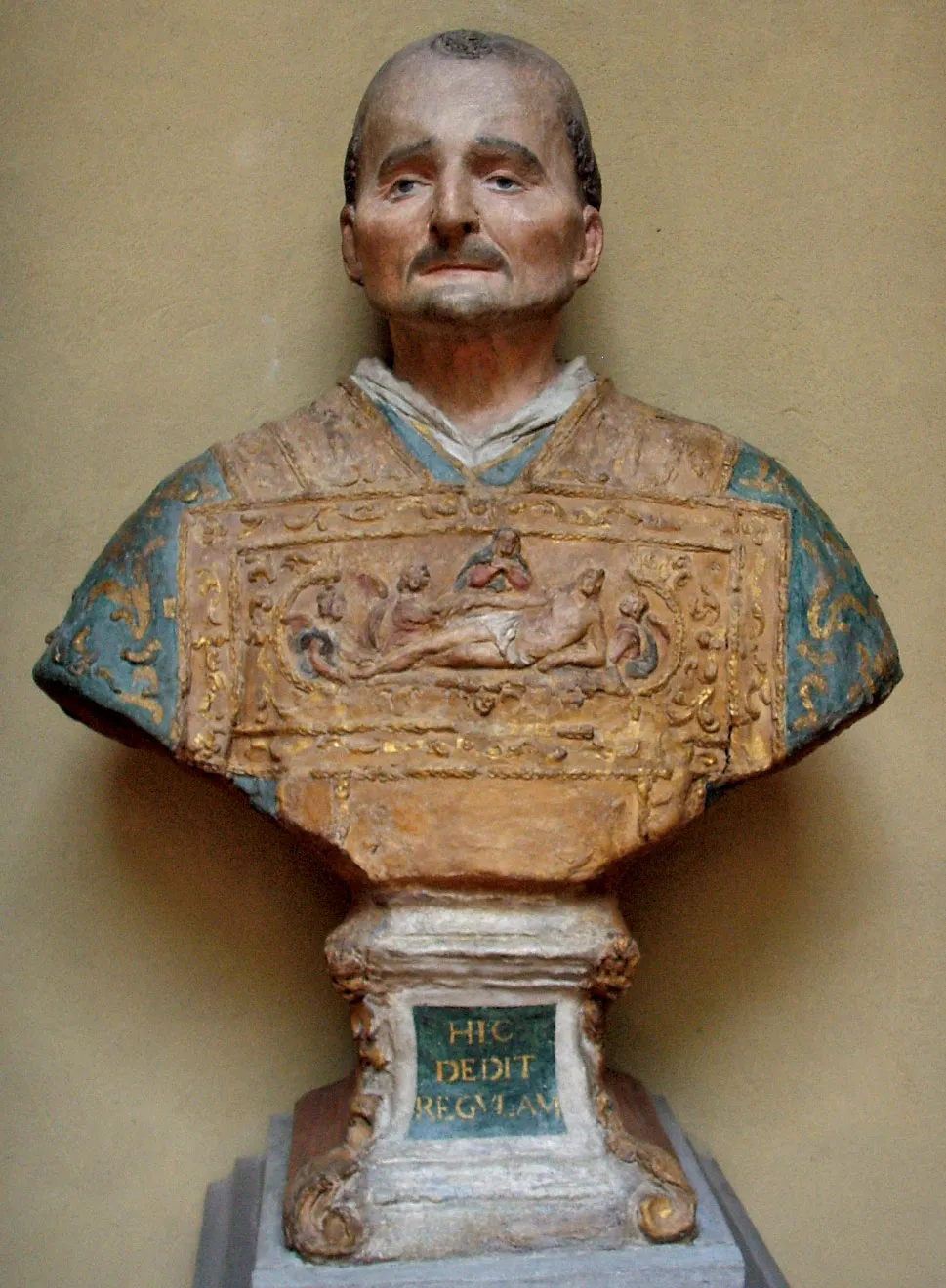Antoninus Pierozzi was born in Florence, Italy, on March 1, 1389, as the only child to Nicholas Pierozzi and Thomassina who were nobles of the area. From early on he was modest, bashful, docile, and pious. It was his only pleasure to read the lives of the saints, to converse with those who were pious, or be in a state of prayer.
He could be found at Saint Michael’s church before a crucifix, kneeling or laying prostrate, with perseverance that astonished everyone.
He was influenced by the sermons of Blessed John Dominic, who later became his mentor, and applied for admission to the Dominican Order when he was 15. With his young age, he had difficulty convincing them but was not deterred. After a year of praying, learning a canon law textbook of Gratian’s decree by heart, and presenting an essay of the life to which he aspired, he was accepted and sent to Cortona to make his novitiate.
Still very young, he was chosen to govern the great convent of the Minerva in Rome and was then appointed prior at Naples, Cajeta, Cortona, Sienna, Fiesoli, and Florence where he enforced the practice of the rule of Saint Dominic, more with action than words.
He preached often and with great fruit, and the works he produced increased his reputation. Rome sought his consultation frequently, especially in intricate cases of canon law.
He was called upon numerous times for reformation of orders but would not hold back even when exhausted.
At the age of 44, he was made vicar of the Tuscan Congregation formed by Blessed John Dominic, which embraced a more rigorous discipline. During this time, he established the famous convent of Saint Mark in Florence, where he formed a remarkable community, and built the adjoining church.
In 1439, as a theologian, he took part in the Council of Florence.
At the age of 57, despite all his efforts to escape and fight against a promotion to the higher offices, in tears, he was forced by Pope Eugene IV to accept the position as Archbishop of Florence or be excommunicated for opposing the Will of God.
His region suffered from a series of disasters including an outbreak of the plague, famine, and a series of earthquakes, but he was boundless in his charitable expenditures and personal efforts to care for the victims, leading many others to do the same through his example.
With all of his hard work, he began to grow weak and ill and died on May 2, 1455. His funeral was presided by Pope Pius II, and he was canonized shortly after.
He is the patron saint of Moncalvo, University of Santo Tomas Graduate School in Manila, Philippines, and Saint Antoninus Parish, Municipality of Pura, Tarlac Philippines.
His feast day is May 2.
For God’s Glory.
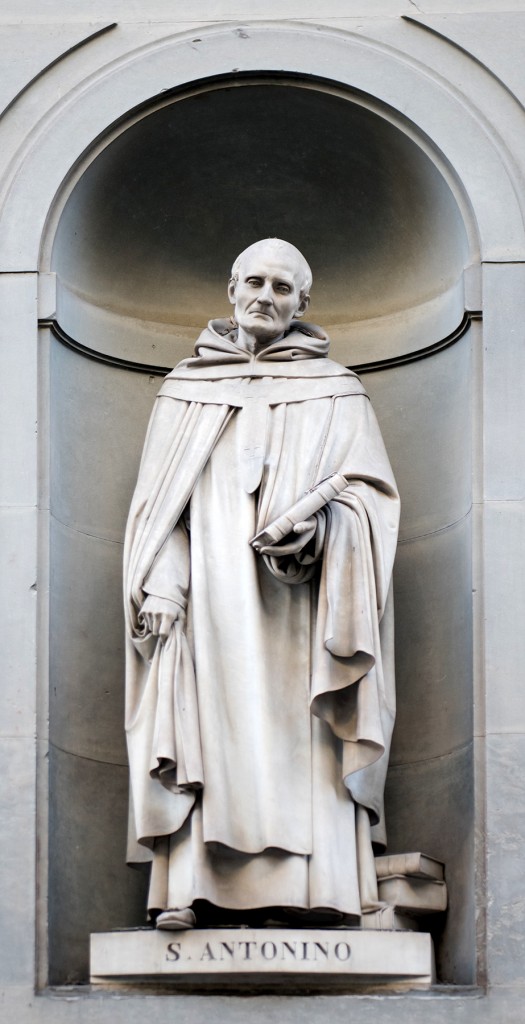
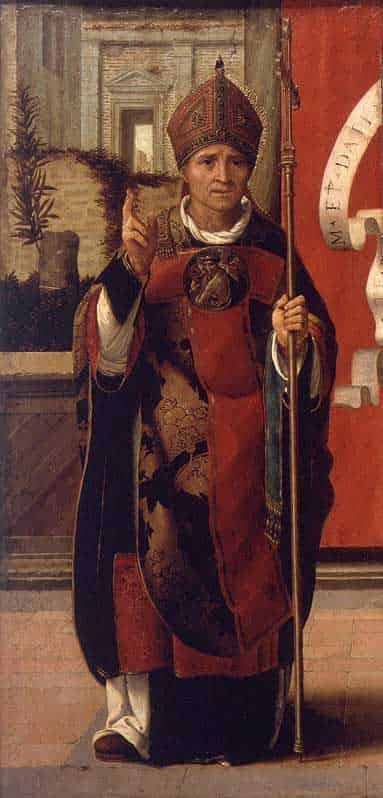
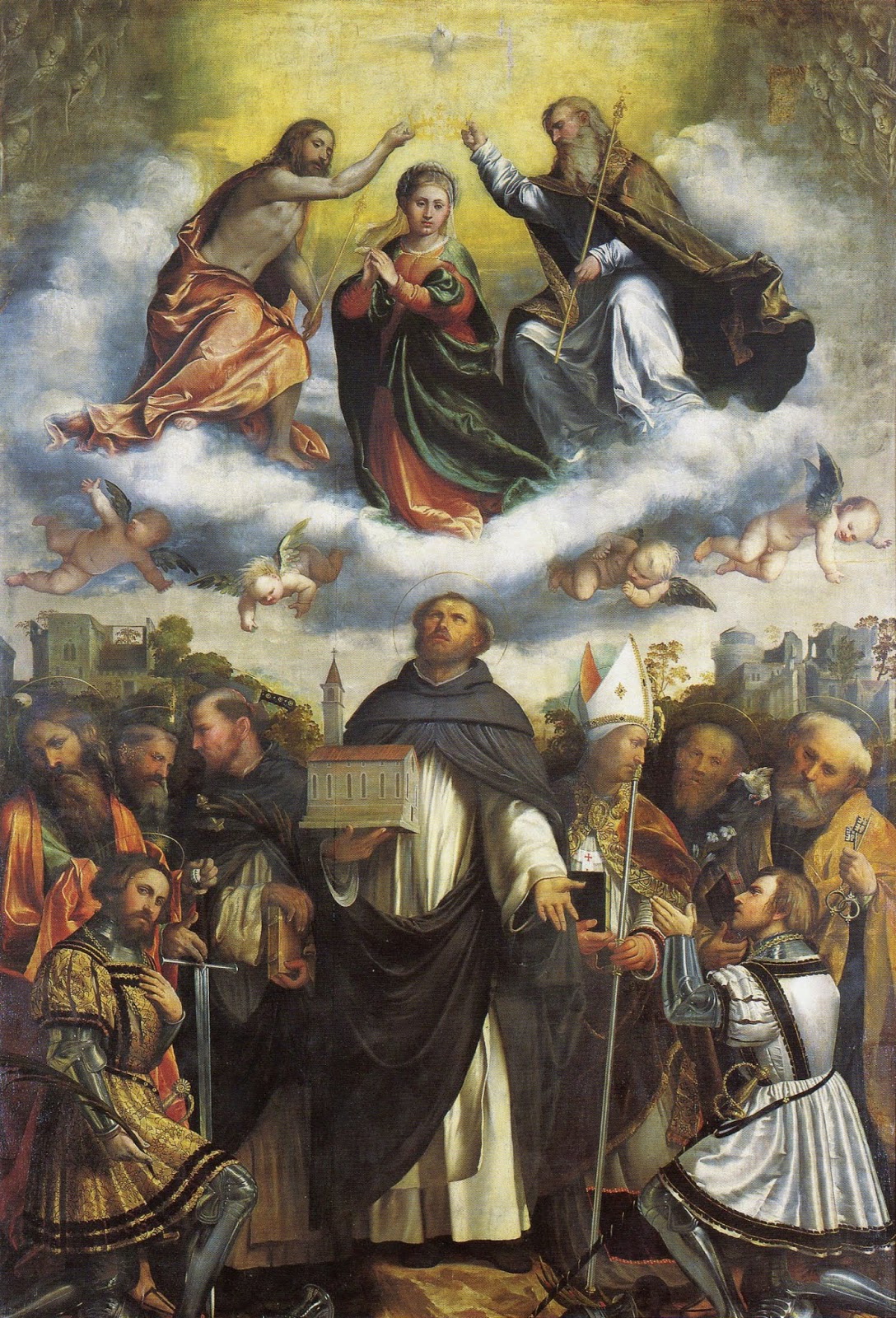
Convent of Saint Mark in Florence –
